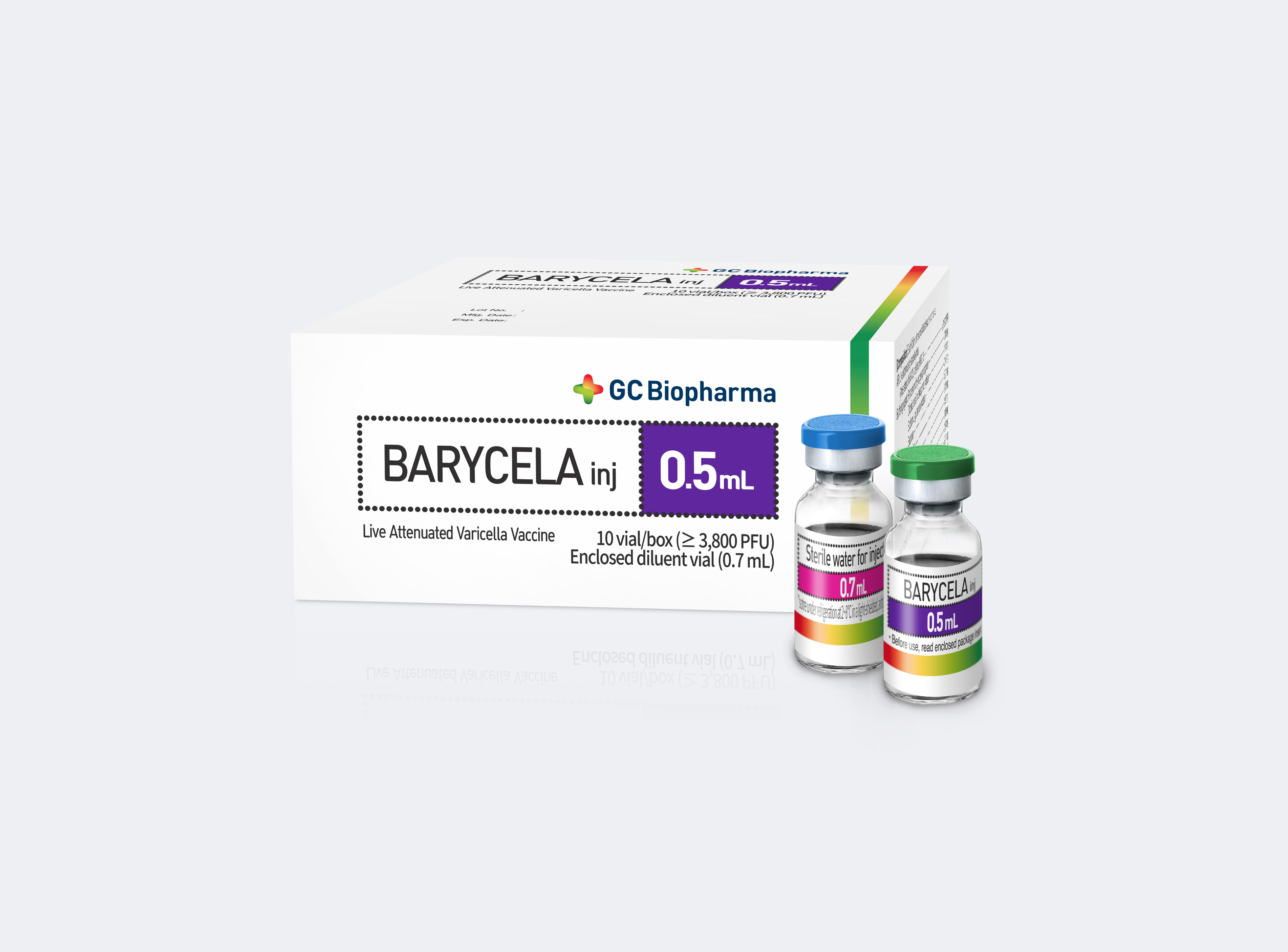- What is Allergen Testing?
Allergens are external substances that induce immune-mediated hypersensitivity reactions, commonly referred to as allergic reactions. These may occur rapidly with severe acute manifestations such as anaphylaxis, or as prolonged conditions including urticaria and eczema.
In Vietnam, approximately 20% of the population suffers from allergic diseases, with the highest prevalence among individuals aged 12–15 years. The incidence is higher in urban areas compared to rural regions (National Hospital of Dermatology and Venereology) [1].
Allergen testing plays a crucial role in identifying the specific causative allergens responsible for these reactions. It not only supports the confirmation of allergic conditions but also helps differentiate allergies from other disorders with similar clinical symptoms.
Common Methods of Allergen Testing:
1.a. SPT – Skin Prick Test
Mechanism: A drop of allergen extract is applied to the skin (forearm, upper arm, or back), followed by a gentle prick to allow penetration. Multiple allergens can be tested simultaneously, alongside positive (histamine) and negative (saline/glycerin) controls. Results are evaluated after 15–20 minutes by measuring wheal and erythema [2][3].
Advantages:
- Simple procedure.
- Rapid results, visible within minutes.
- Lower cost compared to serum IgE testing.
- Good sensitivity and specificity when performed correctly.
Limitations:
- Young children may be uncooperative.
- The skin must be free of rashes at the test site.
- The number of allergens tested is fewer compared to specific IgE blood testing.
- For food allergens, sensitivity is approximately 90%, but specificity is only about 50%.
- Antihistamines need to be discontinued 4–7 days before testing.
- Although rare, there is still a risk of systemic reactions.
- Accuracy depends on the physician’s technique and interpretation.
SPT – Skin Prick Test
1.b. IDT- Intradermal Test
Mechanism: A small amount of allergen is injected intradermally to form a wheal, along with positive and negative controls. IDT offers higher sensitivity but also carries an increased risk of false positives [3][4].
Advantages: More sensitive than SPT, able to detect weaker allergic reactions.
Disadvantages:
- More uncomfortable than SPT because it requires injection.
- Requires higher technical expertise and interpretation skills.
- Greater risk of adverse reactions, including anaphylaxis.
- Higher rate of false positives; not recommended for routine food allergen testing.
IDT- Intradermal Test
1.c. Patch test
Mechanism: Adhesive patches containing allergens are applied to the skin (usually the back) for 48 hours. Patients must avoid bathing and excessive sweating during this period. The patches are removed, and the skin reaction is assessed after 72–96 hours. This reaction is T-cell–mediated, not IgE-mediated [4].
Advantages:
- Non-invasive (no needles).
- Useful in diagnosing allergic contact dermatitis, as patch testing targets a different immune pathway compared to SPT and IDT.
Disadvantages:
- Time-consuming; results take several days and require multiple visits.
- Limited utility for other types of allergies (respiratory or food).
- Risk of false positives due to irritation or spreading from nearby positive sites.
- Risk of false negatives due to weak extracts or delayed responses (especially in older adults).
- Difficult to perform in young children.
Patch test
1.d. OFC – Oral Food Challenge
Mechanism: Patients ingest gradually increasing amounts of the suspected allergenic food every 15 minutes under close medical supervision. This is the most direct way to confirm whether a person is truly allergic to a specific food, by observing their reaction. OFC is always conducted in a medical facility equipped with emergency medications and resuscitation equipment [5][6].
Advantages:
- Highest accuracy; considered the gold standard for diagnosing food allergy.
- Differentiates between sensitization and true allergy.
- Helps determine whether a patient has outgrown an allergy and identifies the reaction threshold.
- Prevents unnecessary elimination diets.
Disadvantages:
- Risk of severe reactions, including anaphylaxis.
- Time-intensive (several hours).
- Can cause stress for patients and families.
- Requires significant medical resources (doctors, nurses, medications, equipment).
1.e. Specific IgE Antibody Testing
Mechanism: Measures serum levels of allergen-specific IgE antibodies. Results are reported quantitatively (kU/L or IU/L). The quantitative nature allows monitoring of allergy changes over time. Sensitivity ranges from 60% to 95%, and specificity from 30% to 95%, depending on the allergen [2][7].
Advantages:
- Simple to perform anywhere blood samples can be drawn.
- Not affected by antihistamines or widespread skin conditions.
- Can test for a large number of allergens using a single blood sample.
- No risk of anaphylaxis during testing.
- Suitable for all ages, including young children.
- Useful when skin tests cannot be performed or are inconclusive.
- Safe and convenient; a valuable alternative or complement to skin testing.
Disadvantages:
- Results take hours to days.
- More expensive than skin tests.
- Risk of false positives due to cross-reactivity or non-specific binding.
- Results should always be interpreted alongside clinical history.
Specific IgE Antibody Testing
2. Sugentech – A Comprehensive Solution for Multi-Allergen Testing
Sugentech – A Comprehensive Solution for Multi-Allergen Testing
Sugentech automates allergen testing. The device performs specific immunoassays and semi-quantitatively analyzes the intensity of color bands using an optical light-absorption method. It is applied in the diagnosis of allergic diseases based on allergen-specific IgE (food/respiratory) in serum or plasma.
Detailed semi-quantitative results:
- Specific IgE concentration for each allergen (up to 102 allergens).
- Classification into 6 levels of allergy severity, ranging from mild to severe.
Advantages of the Sugentech test kit:
- Single-allergen format, making result interpretation easier.
- Users can choose respiratory-only or food-only testing panels.
- The largest allergen panel on the market, with 102 allergens available.
Sugentech offers diverse testing devices to meet the needs of different customers.
For more information, please contact:
- Nam Hung Viet Vaccine & Biological Products JSC
44, Street No.12, Him Lam Urban Area, Tan Hung Ward, District 7, Ho Chi Minh City
Tel: 028 6266 1234 (5 lines) - Tuong Khue Pharmaceutical JSC
33 Le Lai, Hai Chau District, Da Nang City
Tel: 0236 3538 666 (4 lines) - WINBIO JSC
K7TT1 – SH19, Starlake Urban Area, Xuan La Ward, Tay Ho District, Hanoi
Tel: 024 3795 6789 (3 lines)
NAVIVA GROUP
“Community health is our happiness”.
References:
[1] http://cdc.ninhbinh.gov.vn/tin-tuc-su-kien/tin-trong-nuoc/20-dan-so-mac-cac-benh-di-ung.html
[2] Westwood, M., et al. (2016). Background and definition of the decision problem(s). ImmunoCAP® ISAC and Microtest for Multiplex Allergen Testing in People With Difficult to Manage Allergic Disease: A Systematic Review and Cost Analysis. NCBI Bookshelf.
https://www.ncbi.nlm.nih.gov/books/NBK384702/
[3] William, S., et al. (2016). Skin prick testing – for the diagnosis of allergic disease. Australasian Society of Clinical Immunology and Allergy (ASCIA).
https://www.allergy.org.au/images/stories/pospapers/ASCIA_SPT_Manual_March_2016.pdf
[4] Birch, K., & Pearson, A. L. (2023). Allergy testing. StatPearls. NCBI Bookshelf. https://www.ncbi.nlm.nih.gov/books/NBK537020/
[5] Calvani, M., Bianchi, A., Reginelli, C., Peresso, M., & Testa, A. (2019). Oral Food Challenge. Medicina, 55(10), 651. https://doi.org/10.3390/medicina55100651
[6] Gupta, N., Agarwal, P., Sachdev, A., & Gupta, D. (2019). Allergy testing — an overview. Indian Pediatrics, 56(11), 951–957. https://doi.org/10.1007/s13312-019-1652-x
[7] Siles, R. I., & Hsieh, F. H. (2011). Allergy blood testing: A practical guide for clinicians. Cleveland Clinic Journal of Medicine, 78(9), 585–592. https://doi.org/10.3949/ccjm.78a.11023




















